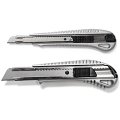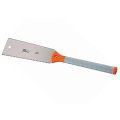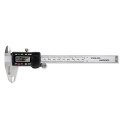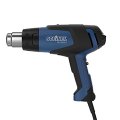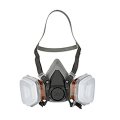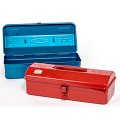Cutting rulers
Information about cutting rulers
Cutting rulers made of aluminium have a steel edge inserted into them (across from the facing) for the purposes of cutting. As a rule, this edge is about 2 mm above the surface to be cut. This feature is the main disadvantage of most aluminium cutting rulers that we know of on the market:
because the guide for the blade – the steel edge – does not lie directly on the paper it is difficult to place it precisely and an inexact cut is always a possibility if the cutter itself is not held at the same exact angle as it moves along the entire length of the ruler. In addition to that, very soft, sensitive materials, when being cut with a dull blade, will tend to rip along the line where the ruler is actually pressing against the material (as a result of the pulling effect).
After such an experience with the aluminium ruler or when you want to make a cut using the millimetre graduation as a guide there is a great temptation to simply use the edge on the facing for your cutting because it is, after all, lying directly on the paper. Even if that method starts out well – at some point you will cut into the thin facing because it is not made of steel but rather of the considerably softer material aluminium. And now you will have ruined the facing of the ruler, rendering it no longer suitable for exact cutting work, not to mention drawing work as well.
On the other hand, the aluminium cutting ruler does have advantages: It is much nicer to work with because it is so lightweight and because during any cutting it will not tend to slip and slide because, as a rule, they are outfitted with a non-slip rubber on the back side.
Steel rulers do not have the disadvantages associated with aluminium rulers. They have a long service life and can be laid exactly into position. The facing is completely flat on the top, and is, like the whole ruler, made of steel which means that it is excellent for use as an exact guide for a blade or artist knife.
Because of its high weight it does not tend to slip or slide so easily but, in this regard, it is not nearly as secure as the non-slip rubber equipped aluminium ruler.
For the reasons stated, the (old fashioned) steel cutting rulers are to be preferred over aluminium rulers if absolutely exact cuts are the primary concern (e.g. in model making). For the person that values comfort in their tools and mainly wants to carry out longer separating cuts, the aluminium ruler with the steel cutting edge is recommended.
